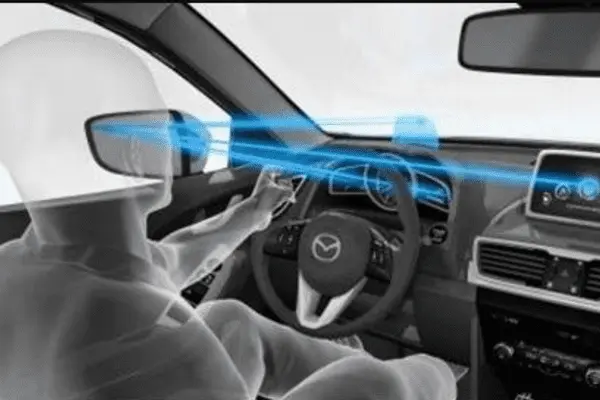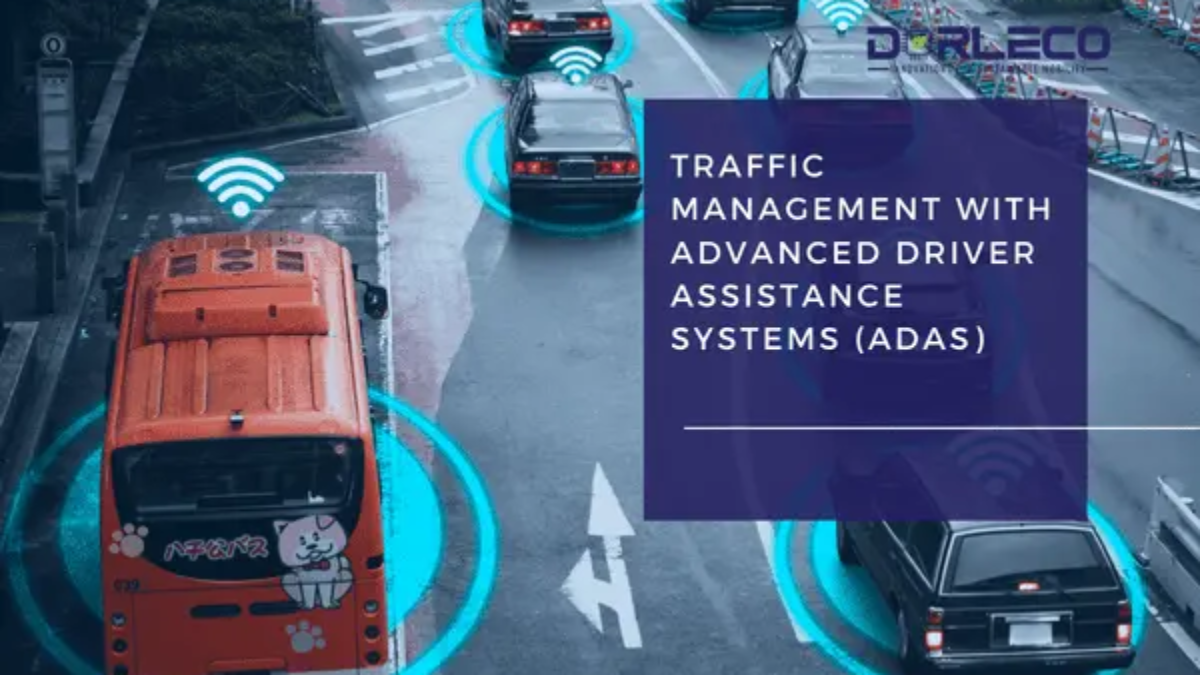Introduction
As the world becomes more urbanized, traffic congestion has become a serious issue for both commuters and city planners. When population density and the number of vehicles on the road increase, traditional traffic control strategies might not be adequate on their own. It is now acknowledged that Advanced Driver Assistance Systems (ADAS) have the potential to completely transform traffic management.
This article will explore how ADAS can improve traffic management, boosting road efficiency and safety while reducing the environmental impact of congestion.
1. The Growing Difficulty of Traffic Management
Growing urbanization has made traffic congestion a major issue in major cities across the globe. Congested roads result in longer commutes, higher fuel expenses, more pollution, and lower productivity. Conventional traffic management methods have prioritized road extensions, traffic signals, and infrastructure enhancements. Given the limitations of present solutions, a more comprehensive approach is needed to solve the complexity of today’s traffic challenges.
2. Advanced Driver Assistance Systems Overview
The goal of Advanced Driver Assistance Systems is to improve vehicle safety by incorporating a range of technologies. To achieve this, ADAS provide real-time information about the vehicle’s surroundings through sensors, cameras, radar, and communication. Moreover, typical ADAS features include cooperative adaptive cruise control (CACC), intersection management, traffic jam assistance (TJA), and adaptive cruise control (ACC).

3. ADAS and traffic management working together
Advanced Driver Assistance Systems has several innovative features that could significantly enhance traffic management.
- Adaptive Cruise Control (ACC): This feature keeps a safe following distance between cars by automatically adjusting the speed of the car in response to traffic flow. Because of this, there are fewer stop-and-go traffic patterns, which improve traffic flow and reduce congestion.
- Traffic Jam Assist (TJA): TJA allows for semi-autonomous driving in crowded places by combining adaptive cruise control (ACC) and lane-keeping assistance (LKA). Through assistance with steering, acceleration, and braking, TJA relieves the strain that comes with constantly stopping and starting in traffic. This feature can significantly improve traffic flow and reduce the likelihood of collisions.
- Intersection Management: Advanced Driver Assistance Systems can enhance traffic flow at intersections by utilizing vehicle-to-vehicle (V2V) and vehicle-to-infrastructure (V2I) communication. Cooperative Intersection Collision Avoidance (CICA) systems coordinate approaching vehicles to reduce collisions and improve traffic efficiency.
- Adaptive Cruise Control with Cooperation (CACC): By enabling communication between platoons of vehicles, CACC expands the potential of ACC. Owing to the constant speed, automobiles can approach one another while maintaining a safe distance. CACC can reduce traffic and increase road capacity, especially on highways.
- Predictive traffic management: Using machine learning algorithms and real-time traffic data, certain ADAS systems predict traffic patterns and congestion. This allows proactive strategies like dynamic rerouting and signal optimization to reduce congestion before it worsens.

4. ADAS’s advantages for traffic management
ADAS integration in traffic management has several benefits, such as:
- Safer roads: Advanced Driver Assistance Systems technology, such as junction management and collision avoidance, can significantly reduce the frequency of accidents on the road, making it safer for all users.
- Reduced Congestion: By facilitating smooth traffic flow, ACC and TJA can reduce congestion, resulting in shorter travel times and lower fuel use.
- Environmental Impact: By alleviating traffic congestion and promoting smoother driving patterns, ADAS help reduce greenhouse gas emissions and other pollutants associated with stop-and-go traffic.
- Enhanced Productivity: Businesses and people alike benefit from shorter travel times and less time spent stalled in traffic.
- Optimal Resource Utilization: By enabling traffic management, Advanced Driver Assistance Systems can prolong the useful life of existing roadways, preventing the need for costly road expansion projects.
5. Connectivity and Data Sharing’s Role
For ADAS systems to function, networking and data sharing between vehicles and infrastructure are essential. In particular, cooperative ADAS components like CACC and intersection management rely on dependable V2V and V2I communication. Advancements in V2X communication and 5G networks are crucial to unlocking ADAS’s full potential in traffic management.
6. Obstacles and Prospects

Despite their potential, advanced driver assistance systems face challenges that must be resolved before widespread integration into traffic management.
- Infrastructure Improvements: The implementation of V2X communication calls for significant infrastructure upgrades and financial investments in intelligent transportation systems.
>Cyber security issues: With ADAS systems becoming more networked, there’s a higher likelihood that vehicles and transportation infrastructure may fall victim to cyber-attacks, which makes effective cyber security measures imperative. - User Acceptance and Education: Users need to be informed about and receptive to Advanced Driver Assistance Systems for them to be extensively adopted. Drivers need to understand the advantages and disadvantages of these technologies to use them safely and effectively.
- Data Privacy: Concerns about data privacy and ownership are raised by the sharing of real-time traffic statistics. Finding a balance between data exchange for traffic management and privacy protection is crucial.
- Interoperability: It is necessary to guarantee interoperability across different Advanced Driver Assistance Systems technologies and vehicle models to fully utilize the benefits of these systems throughout the entire fleet of cars.
Conclusion
In conclusion, advanced driver assistance systems (ADAS) can completely change traffic management by increasing safety, reducing congestion, and minimizing the negative environmental effects of traffic congestion. Features including predictive traffic management, intersection management, ACC, TJA, and CACC hold the key to a more efficient and eco-friendly transportation system.
Addressing infrastructure, cybersecurity, user acceptability, and data privacy concerns is key to integrating advanced driver assistance systems into traffic management. As technology advances, the vision of an intelligent, networked transportation system driven by ADAS is becoming closer to reality. Consequently, this progress will enhance the safety, efficiency, and environmental quality of our roads for future generations.


